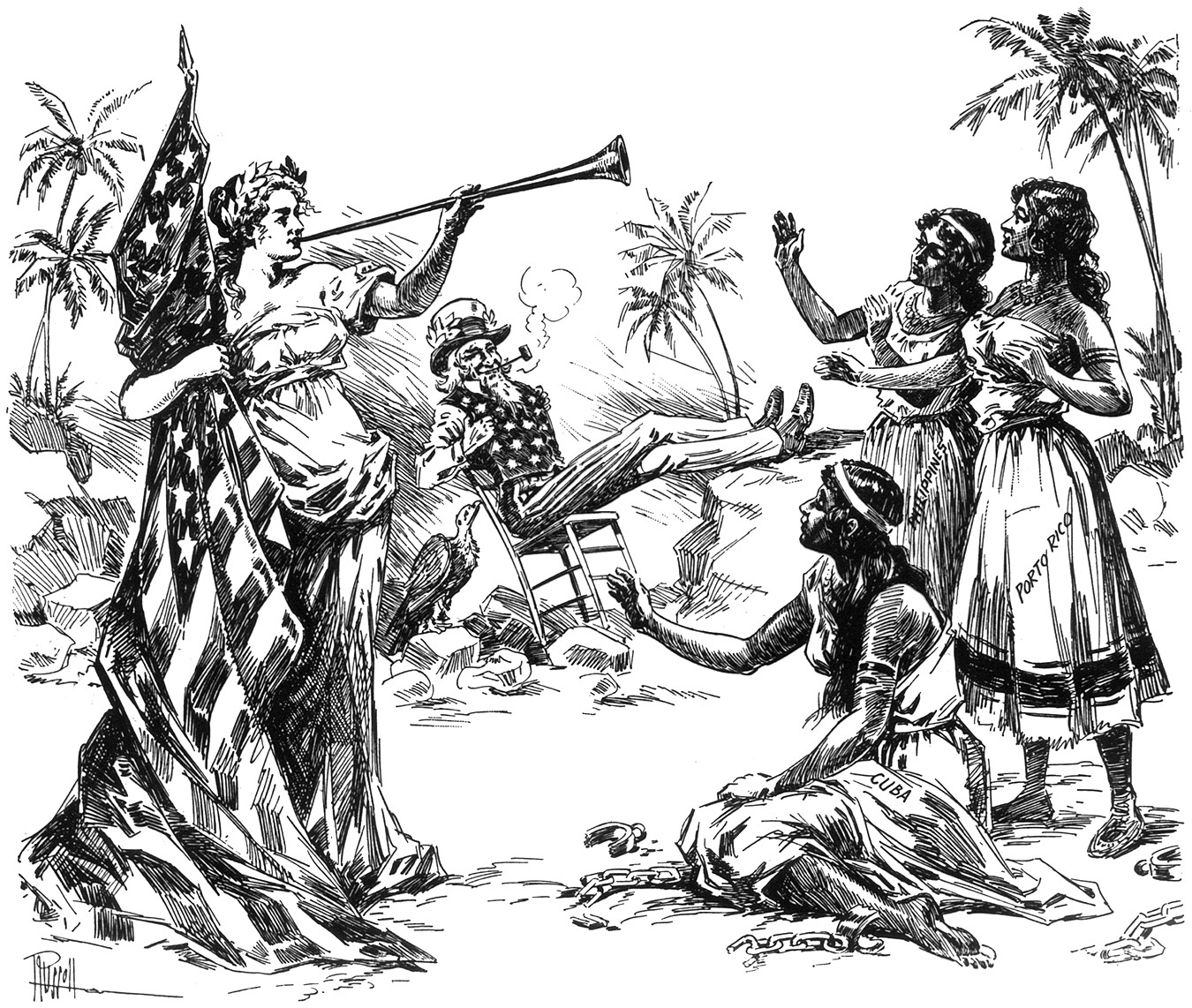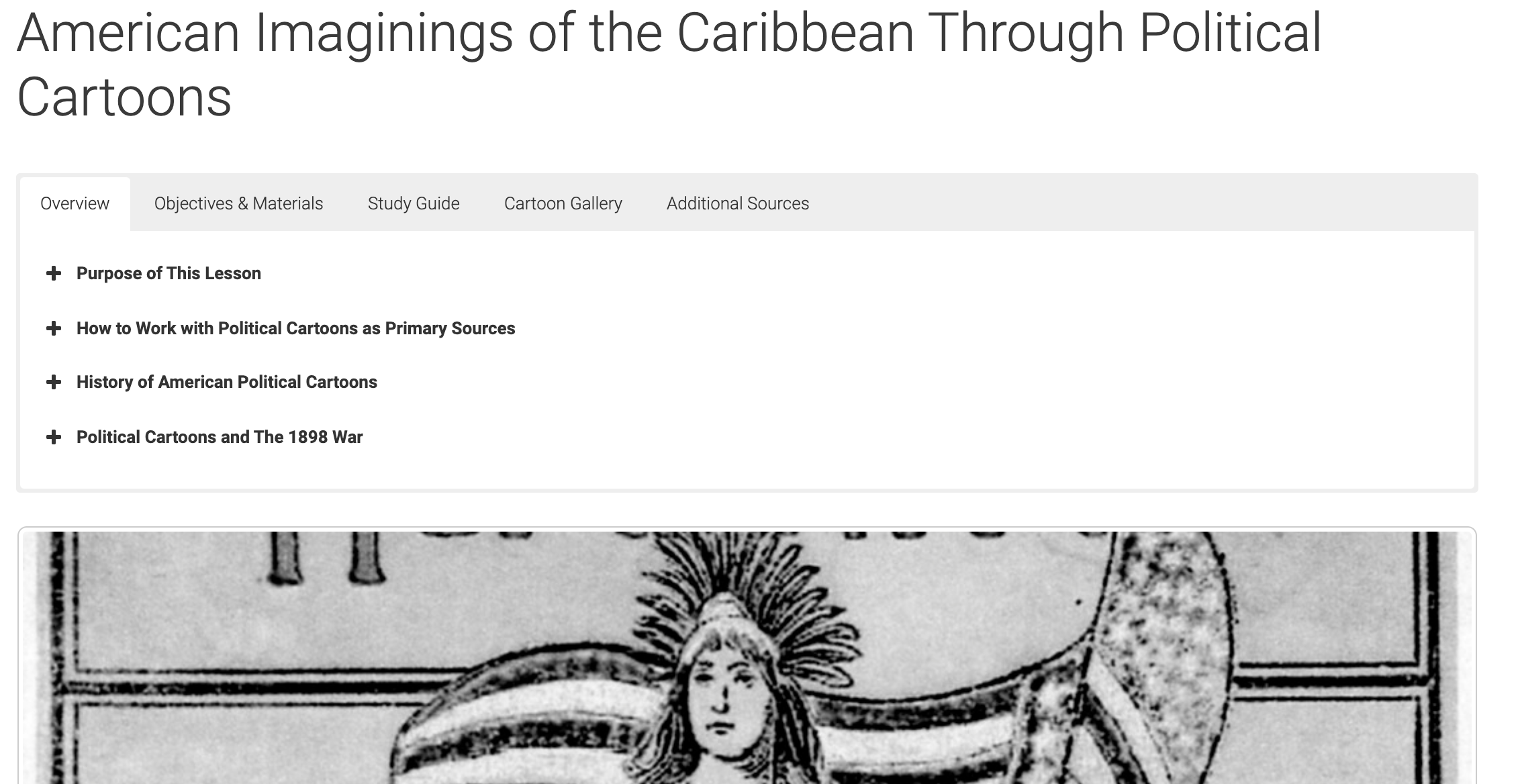Because of my internship, I have gained a greater understanding of the nature of digital public humanities (DPH) and its intersections with various disciplines. I got to explore digital tools and platforms for text analysis and content creation, developed a working knowledge of methods and practices applied in DPH, and build a bridge between the…
RRCHNM Internship: Successes & Challenges of Reviewing Digital Public History Sites
My experience and training as an academic librarian have equipped me with the skills to assess different types of content, including websites. One of the many criteria that I have presented to students in library instruction sessions is the CRAAP test, an acronym that stands for Currency, Relevance, Authority, Accuracy, and Purpose. This test has served as a…
Identifying and Developing New Skills Through Digital Public Humanities Projects
During my internship this semester with RRCHNM, I have been reviewing websites for the World History Commons project. Such activity can be effectively done by making use of a review criteria that guides me through the process of conceptualizing online history sites, assessing the quality of the sources they present, and guide instructors of history…
GMU-DPH Internship: Things I enjoy the most and things I do to enhance my experience at RRCHNM
During the second part of my internship at RRCHNM, I get to work with the World History Commons project and create content for this site. The World History Commons is a free OER platform that offers high school and college teachers and students of world and global history access to high quality tools and sources…
“Because of my internship at RRCHNM, I am….” (Part IV)
…entering the complex and dynamic realm of digital humanities. Through my text mining and visualization work at RRCHNM, I have gained an understanding of how historians can make use of some of these tools to approach humanistic research related to the Appalachian Trail. My goal has been to engage with hands-on textual analysis tools to…
Application of Skills and Knowledge from GMU Coursework to RRCHNM Internship (Part III)
During my work with the RRCHNM, I have had the opportunity to (1) apply skills and knowledge learned through my DHP graduate certificate coursework and gain a great appreciation of the diverse projects of digital humanists that are currently underway. Here are the main two the constructs I have carried with me throughout my internship…
Final Project: Reflections on the Process of Creating the 1898 War Cartoons Prototype Site
Incorporation of Historical Thinking Research The “More to This Than Meets the Eye” prototype site serves as a student guide to explore American perceptions of the Caribbean during the period of U.S. expansionism at the turn of th 20th century. Through the examination of 1898 War political cartoons as primary sources, the site is geared…
HIST689: Sixth Piece of the Puzzle-Restructuring the Site
During this phase in the process of creating the 1898 War Political Cartoons prototype, I have become better acquainted with WP platform, develop two activities (draft mode) for students, and discovered exciting complementary primary sources. This is a good pausing point for me to resolve one crucial challenge: who’s the audience? who’s going to visit…
How have digital tools facilitated teaching and learning about the past?
Introduction Digital technologies have provided opportunities for educators and learners to interact with sources that lead them to think about the past in innovative ways. There is a spectrum of tools that have allowed educators to assume the role of facilitator and to focus on activities that builds historical thinking skills. For students, becoming acquainted…
American Imaginings of the Caribbean: Project Update & Reflection
The design of the American Imaginings of the Caribbean Through 1898 Political Cartoons lesson plan is underway. Through the examination of political cartoons as primary resources, this lesson introduces students to American perceptions of the Caribbean during a new phase of territorial expansionism at the turn of the 20th century. I have chosen to build…

